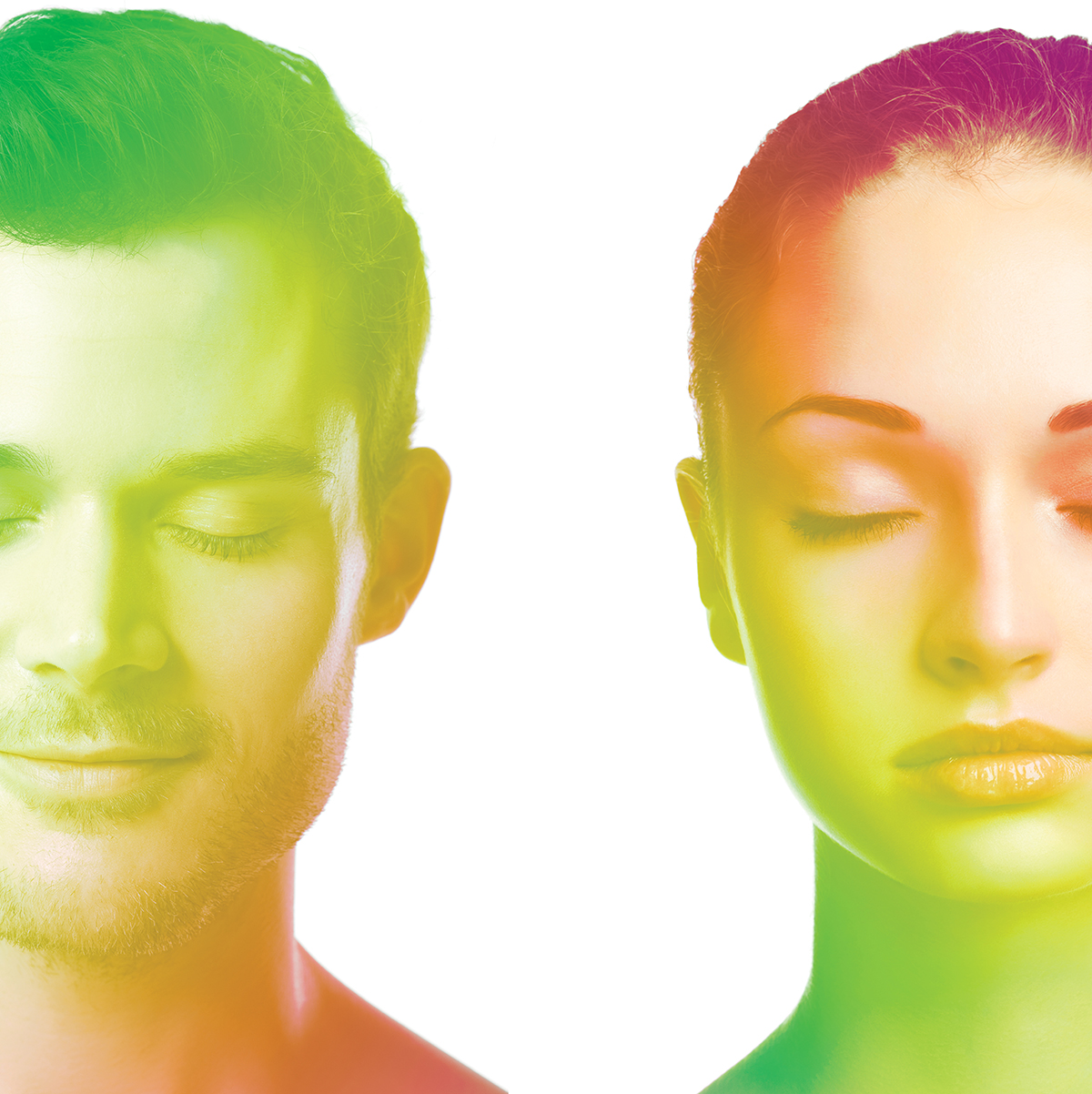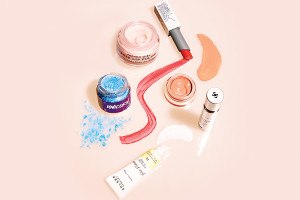Toward a Better You
SLEEP

Photos by Thinkstock
SNOOZE OR LOSE
We all know that there’s nothing healthier than a solid snooze, yet we never seem to be able to make it happen on a regular basis. It’s time to make sleep a priority. Ahead, five reasons why shut-eye plays such a crucial role in our health, plus bedtime tips to help you achieve your best night of rest ever. By Stephanie Cohn
It keeps the doctor away.
Sleep disorders may be a risk factor for serious illnesses. In a recent diabetes study, researchers at Brigham and Women’s Hospital found that female participants with low secretion levels of nocturnal melatonin—the hormone responsible for establishing our circadian rhythm—had twice the risk of developing type 2 diabetes than those with high levels.
It helps us stay cool under pressure.
Sleep improves memory and reduces anxiety, according to researchers at BIDMC. In one experiment, 12 college-age adults were taught a series of finger movements (not unlike playing piano scales). After a night’s rest, the students remembered the movements more accurately, and MRIs showed more activity in brain areas that control speed and accuracy.
It sharpens our motor skills.
There’s no question that drowsiness can have lethal consequences. A Brigham and Women’s survey of 2,737 medical interns asked young doctors to report their work hours as well as any motor-vehicle incidents they’d had each month. No surprise: After working shifts of 24 hours or longer, the interns increased their risk of crashes, near misses, and falling asleep at the wheel.
It makes us more Zen.
How we react to bad news may depend on how well rested we are. In a study coauthored by Harvard Medical School, adults in two groups—rested and sleep-deprived—were shown 100 images ranging from “neutral to very negative.” MRIs revealed that the emotion centers of sleep-deprived brains were over 60 percent more reactive than their refreshed counterparts.
It keeps us out of the cookie jar.
According to one Brigham and Women’s study, people tend to replace lost sleep with sugar and fat. In an experiment involving 240 teenagers, researchers discovered that those who got seven hours of snooze time consumed about 2.2 percent more fat than those who got eight; with each additional hour of sleep lost, their consumption of junk food rose by 0.8 percent.
EFFECTIVE WAYS TO GET YOUR 40 WINKS
By Stephanie Cohn
Be consistent.
To maintain your circadian clock, Charles Czeisler, professor of sleep medicine at Harvard Medical School, recommends setting regular sleep and wake times, and creating a “wind-down” routine one to two hours before bed to reduce levels of the stimulating hormone cortisol.
Practice patience.
You can’t force yourself to fall asleep at 10 p.m. after a week of turning in at 1 a.m. Instead, gradually shift your bedtime by 20 minutes every five days, recommends Kenneth Sassower, a sleep disorder specialist at MGH.
Monitor your progress.
“If you can’t measure it, you can’t manage it,” says Russell Sanna, executive director of the division of sleep medicine at Harvard Medical School. He says that wearing a sleep monitor is the equivalent of using a scale to track your diet.
Rule out any physical issues.
Sassower says that if someone wakes up every two hours each night, they could have sleep apnea, a sleep disorder that causes shallow breathing and loud snoring.
Meet a shrink.
Cognitive behavioral therapy—making lifestyle changes, improving your sleep environment, and relaxation training—may be more effective than meds when it comes to treating insomnia, Czeisler says.
I Tried That
SLEEP STUDY
Tired all day? Can’t stop snoring? It may be time for a workup. Falling asleep in a lab may not sound very comfortable, but it could make a world of difference in your day-to-day life. Pablo Gazmuri, a retired surgeon, decided to give it a whirl. —As told to Stephanie Cohn
My wife, who’s a nurse, said I was snoring a lot and wasn’t sleeping soundly. I was also having trouble driving. So I called my physician and said maybe we should do a sleep study.
At the sleep lab, it’s very straightforward. You meet a technician who explains everything that’s going to happen, and then they put a lot of monitoring equipment on your body. I fell asleep very quickly during the test. When the technician woke me up a few hours later, she said that my oxygen was extremely low while I was sleeping, and that she was going to put a sleep-apnea machine on me to see how I responded to that. I then slept the rest of the night.
The report from my doctor said that I have significant sleep apnea and need to sleep with the machine from now on. Now I don’t go anywhere without it, and I’m sleeping soundly.
DREAM WORKS
Whether you’re looking for a promotion or just a fresh way to decorate your living room, it’s possible to put your subconscious to work for you. By Cheryl Alkon
Dream incubation—also known as the art of controlling your dreams—can help people solve all kinds of problems that they can’t seem to untangle during the day, says Deirdre Barrett, a clinical assistant professor at Harvard Medical School and the author of The Committee of Sleep: How Artists, Scientists, and Athletes Use Their Dreams for Creative Problem Solving—And How You Can Too.
Barrett, who has studied dreams for more than 30 years, has clinical research to back up her claim. In one study published in Dreaming: Journal of the Association for the Study of Dreams, she found that out of 50 students, more than a quarter dreamed up potential solutions to homework problems and spatial dilemmas they’d encountered while awake. “One subject had moved into a smaller apartment and was having trouble arranging furniture,” Barrett says. “They dreamed that a storage chest, which had been in the bedroom, fit well under another object that was serving as a coffee table.”
To start incubating dreams of your own, Barrett recommends writing down what you want to accomplish and keeping this list by your bed. Review your wish list before falling asleep, and focus on it as you drift off. When you wake up, lie in bed quietly, taking the time to recall everything you can about your dream, then write down as much as possible. “Lying still when you first wake up is important,” Barrett says. “Doing the tiniest little task, like stretching or moving, can knock out the dream aspect.”
HIGH-TECH REST
Five toys to help you sleep better. By Andrea Timpano
1.
Withings Aura
A mattress sensor and bedside light monitor sleep patterns while maximizing the production of melatonin, the sleep-wake-cycle hormone.
2.
Napwell
This programmable sleep mask, designed by an MIT student, helps snoozers ditch post-nap grogginess with soft light, stirring them gently out of slumber.
3.
Sharper Image Digital Sound Soother
Forget the crashing ocean waves and plain white-noise machines—with this device, you can program up to 200 different sounds.
4.
Snore-Activated Nudging Pillow
When its built-in microphone detects the sound of snoring, this pillow inflates with air to prod sleepers into changing positions.
5.
Balluga Bed
Billed as the “smart interactive bed,” this mattress features a vibrating massage system and adjustable firmness settings.
Mind and Body | Sleep | Beauty


